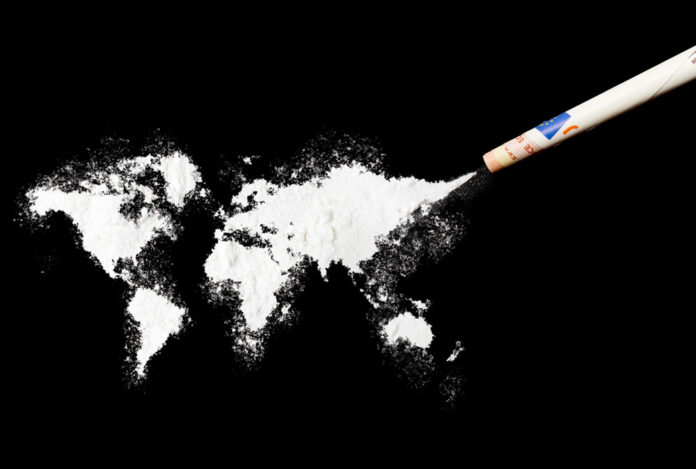Drug Use and its Health Consequences
It was estimated that 1 in 20 adults or 250 million people between the ages of 15 and 64 years, used at least one problem drug in 2014. This is approximately the equivalent of the merged populations of Germany, France, Italy and the UK. Although this number is high, it hasn’t really grown for the past four years, in comparison to the world’s population.
More than 29 million people who use drugs are said to suffer from disorders associated with drug use. And within that figure, 12 million people inject drugs (PWID), 14% of whom are HIV positive. The consequences of drug use with regards to its impact on health continues to be severe.
In 2014 alone, there was an estimated 207,400 drug-related deaths, equivalent to 43.5 deaths per million people between 15 and 64 years. Since then, the number of deaths associated with drug use has been stable, although unacceptable and avoidable.
Overdose deaths form roughly a third of all drug-related deaths, which are attributed to opioids in most cases.
Prisons: A high-risk drug involvement area
In many countries, prisons continue to be a high-risk area for contagious diseases, which is an important concern for prison health. A significant number of studies have shown high levels of drug use in prison. However, in spite of the high-risk environment and scientific evidence for effective health involvements, there are marked deficiencies in prevention and treatment services in many prisons globally.
PWID: Most exposed to health-related issues
People who inject drugs (PWID) experience very severe health related problems associated with unsafe drug use, including high risk of non-fatal and fatal overdoses, and a greater chance of early death.
Cannabis remains the most widely used drug at global level, with an estimated 183 million people who used the substance in 2014, while amphetamines follow suit as the second most used drug. With an estimated number of 33 million users, opiates and prescription opioids are less common, but pose major potential damage and health consequences.
Drug Use by Region
Focus: Europe
- The use of heroin continues to grow in Eastern and South-Eastern Europe. In Europe, the majority of treatment admissions are due to opiate consumption.
- Cannabis is the most commonly used drug in Western, Central and South East Europe. Its estimated retail value exceeds €9 billion each year, with more than 22 million users per annum. This makes it the biggest drug on the market in Europe.
- The use of amphetamine-type stimulants (ATS) is rising in South East Europe.
In the UK and Wales alone, from 2015 to 2016, 1 in 12 adults aged 16 to 59 years had used an illicit drug in the previous year. This is about 2.7 million people.
Although the global numbers have remained relatively stable since 2014, high substance abuse still poses a major concern for healthcare workers around the world. And experts maintain that a lot of drug-related health issues and fatalities currently experienced are preventable.
Article Submitted on behalf of drugrehab-nottinghamshire.uk and alcoholrehab-nottinghamshire.uk









